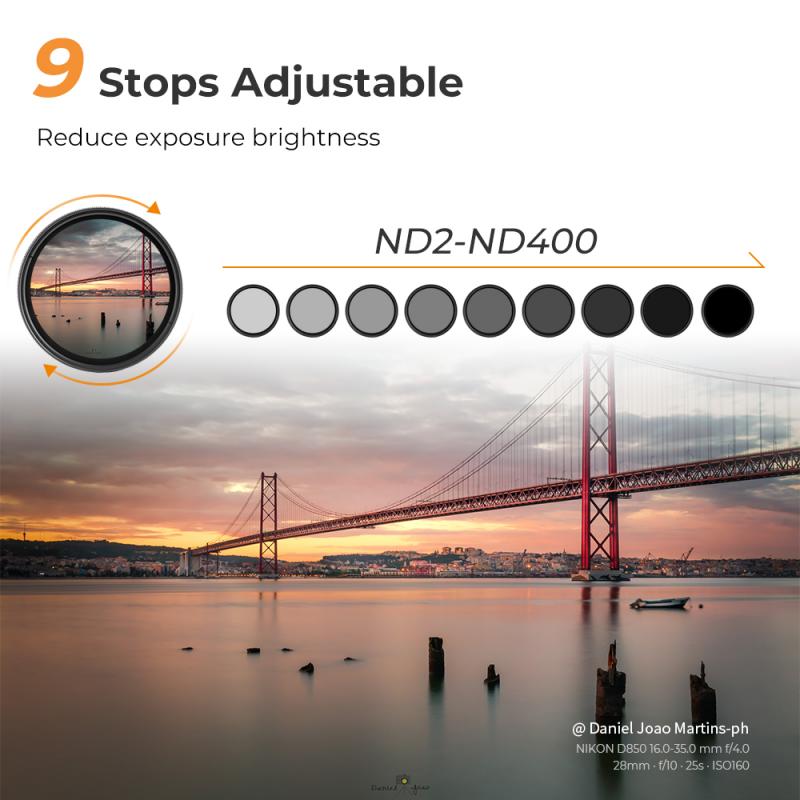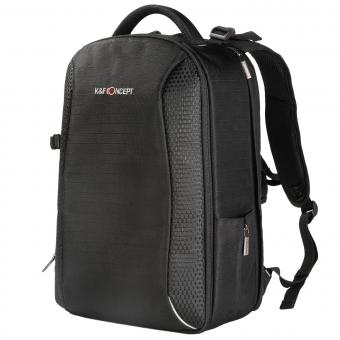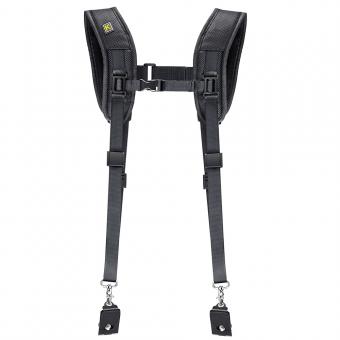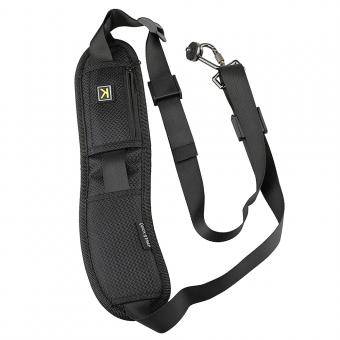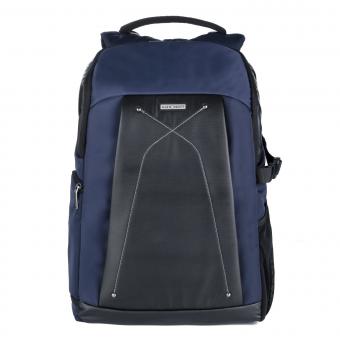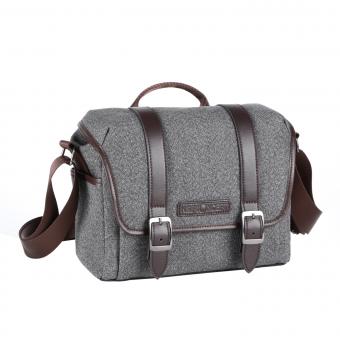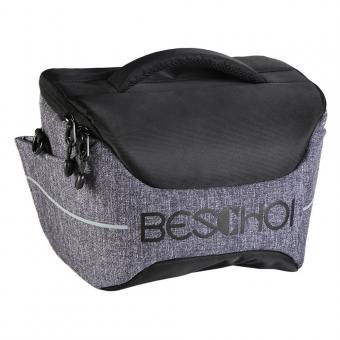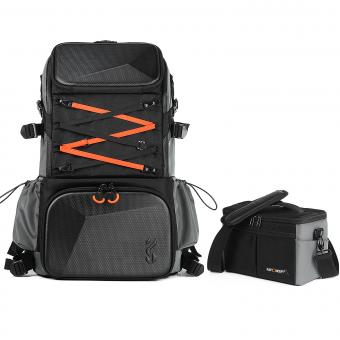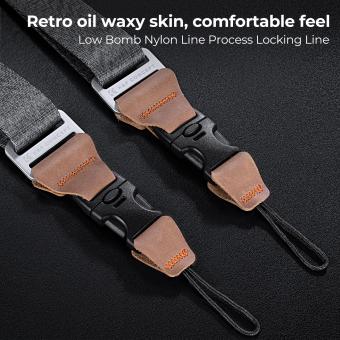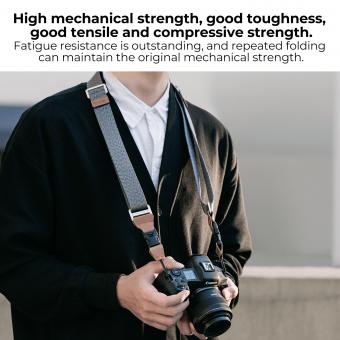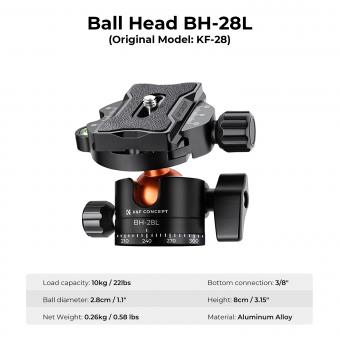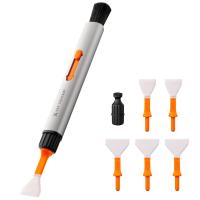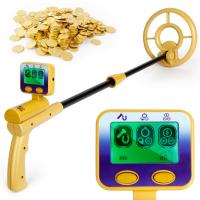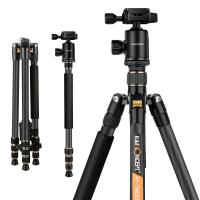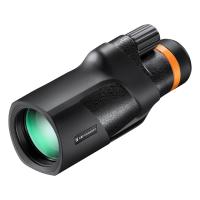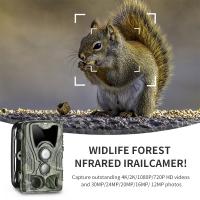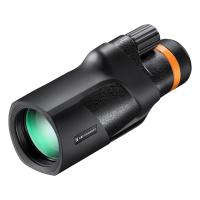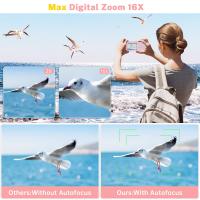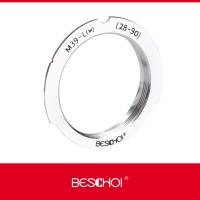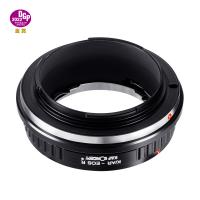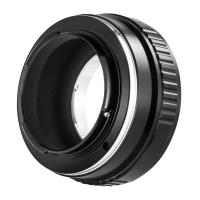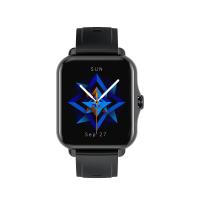How To Attach Camera Strap To Dslr ?
To attach a camera strap to a DSLR, locate the strap lugs on either side of the camera body. These lugs are typically metal loops or rings. Thread one end of the camera strap through one of the lugs, ensuring that the strap is not twisted. Then, bring the end of the strap back through the buckle or loop on itself, creating a secure loop. Repeat the same process on the other side of the camera, ensuring that the strap is evenly balanced. Adjust the length of the strap to your desired comfort level, and make sure it is securely attached before using the camera.
1、 Looping the camera strap through the strap lugs.
Attaching a camera strap to a DSLR is a simple process that ensures the safety and convenience of carrying your camera. The most common method is looping the camera strap through the strap lugs, which are usually located on both sides of the camera body.
To begin, locate the strap lugs on your DSLR. These lugs are small metal loops or rings specifically designed for attaching a camera strap. They are typically found on the sides of the camera body, near the top.
Next, take one end of the camera strap and thread it through one of the strap lugs. Make sure the strap is facing the right way, with the padded side against your neck or shoulder for comfort. Then, pull the strap through until there is an equal length of strap on both sides of the lug.
Repeat the same process with the other end of the camera strap, threading it through the remaining strap lug. Ensure that the strap is not twisted and lies flat against the camera body.
Once both ends of the strap are threaded through the strap lugs, adjust the length of the strap to your desired preference. You can do this by sliding the strap through the lugs or using any adjustable buckles or sliders that may be present on the strap.
Finally, double-check that the strap is securely attached to the camera by giving it a gentle tug. It should be snug and not easily detachable.
It's worth noting that some camera straps come with quick-release clips or connectors, which allow for easy attachment and detachment from the camera. If your camera strap has this feature, follow the manufacturer's instructions to attach it properly.
Remember, attaching a camera strap is essential for preventing accidental drops and providing a comfortable way to carry your DSLR. Always ensure that the strap is securely attached before using your camera.
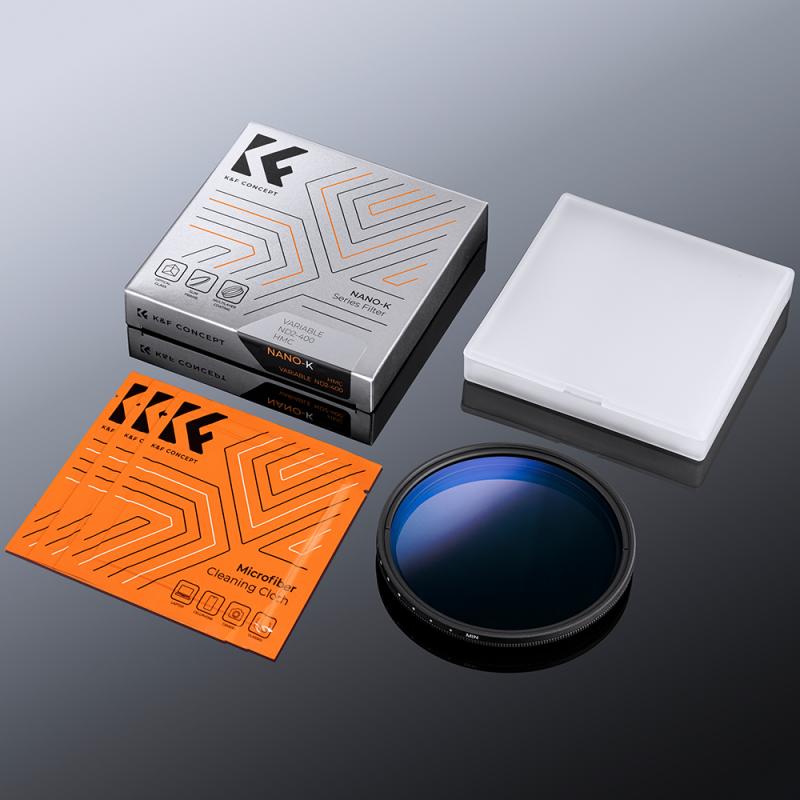
2、 Using quick-release connectors for easy attachment and detachment.
To attach a camera strap to a DSLR, you can use quick-release connectors for easy attachment and detachment. These connectors are designed to provide a secure and convenient way to connect your camera strap to your camera.
First, locate the strap lugs on your DSLR. These are usually metal loops located on either side of the camera body. Slide the quick-release connectors onto the strap lugs, ensuring that they are securely attached.
Next, adjust the length of the strap to your desired preference. Most camera straps have adjustable buckles or sliders that allow you to customize the length for comfort and convenience.
Once you have adjusted the strap, attach the quick-release connectors to the strap lugs by sliding them into place. You should hear a click or feel a secure connection when they are properly attached.
To detach the camera strap, simply press the release button on the quick-release connectors and slide them off the strap lugs. This allows for quick and easy removal of the strap when needed.
Using quick-release connectors for attaching your camera strap offers several advantages. Firstly, it provides a secure connection, ensuring that your camera remains safely attached to the strap. Secondly, it allows for easy detachment, which can be useful when you need to switch to a different strap or remove the strap for storage. Additionally, quick-release connectors are designed to be durable and reliable, providing peace of mind while shooting.
In conclusion, attaching a camera strap to a DSLR can be done using quick-release connectors for easy attachment and detachment. These connectors offer convenience, security, and durability, making them a popular choice among photographers.
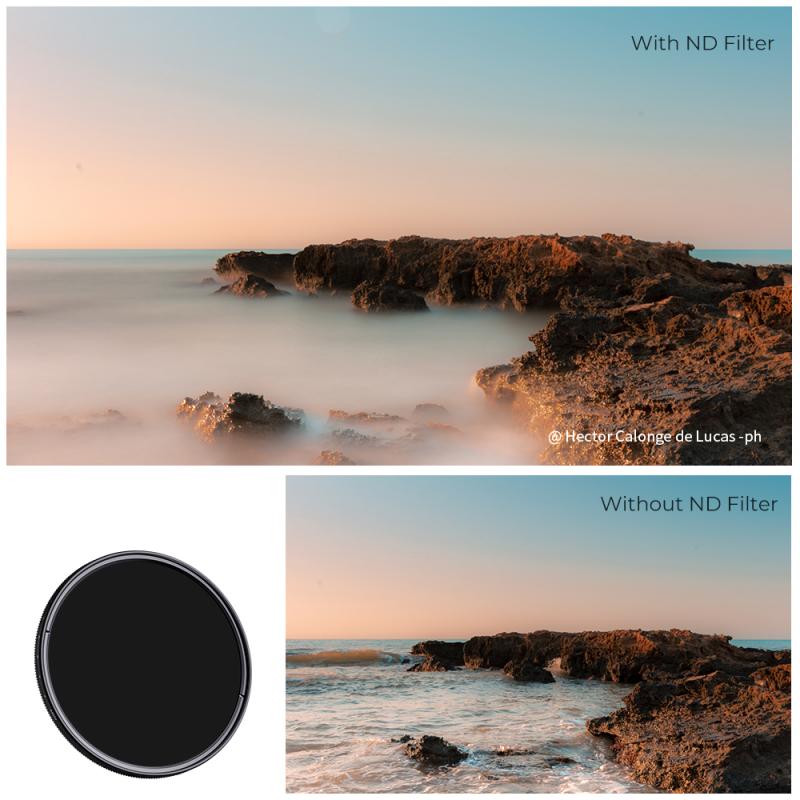
3、 Utilizing a camera strap mount plate for added stability.
To attach a camera strap to a DSLR, you can follow these steps:
1. Locate the strap lugs: Most DSLRs have two strap lugs on either side of the camera body. These lugs are usually metal loops or small holes where you can attach the strap.
2. Thread the strap: Take one end of the camera strap and thread it through one of the strap lugs. Make sure the strap is securely threaded through the lug.
3. Adjust the length: Determine the desired length of the strap and adjust it accordingly. You can usually do this by sliding the strap through the lug or using a buckle or slider mechanism on the strap itself.
4. Repeat on the other side: Thread the other end of the strap through the second strap lug in the same manner as before.
5. Test the attachment: Once both ends of the strap are securely attached, give it a gentle tug to ensure it is properly secured to the camera.
Utilizing a camera strap mount plate for added stability is another option. A camera strap mount plate is a small accessory that attaches to the bottom of the camera using the tripod mount. It provides a more secure and stable connection for the camera strap. To use a camera strap mount plate, follow these steps:
1. Screw the mount plate onto the tripod mount: Remove the tripod plate from the camera and attach the camera strap mount plate in its place. Use the provided screw to securely fasten the mount plate to the camera.
2. Attach the strap to the mount plate: Thread one end of the camera strap through the mount plate's attachment point. Make sure it is securely threaded.
3. Repeat on the other side: Thread the other end of the strap through the second attachment point on the mount plate.
4. Adjust the length: Adjust the length of the strap as desired.
5. Test the attachment: Give the strap a gentle tug to ensure it is securely attached to the mount plate.
Using a camera strap mount plate can provide added stability and security, especially when using heavy or expensive camera equipment. It distributes the weight of the camera more evenly and reduces strain on the strap lugs. Additionally, some camera strap mount plates offer additional features such as tripod compatibility or extra attachment points for accessories like lens pouches or battery grips.
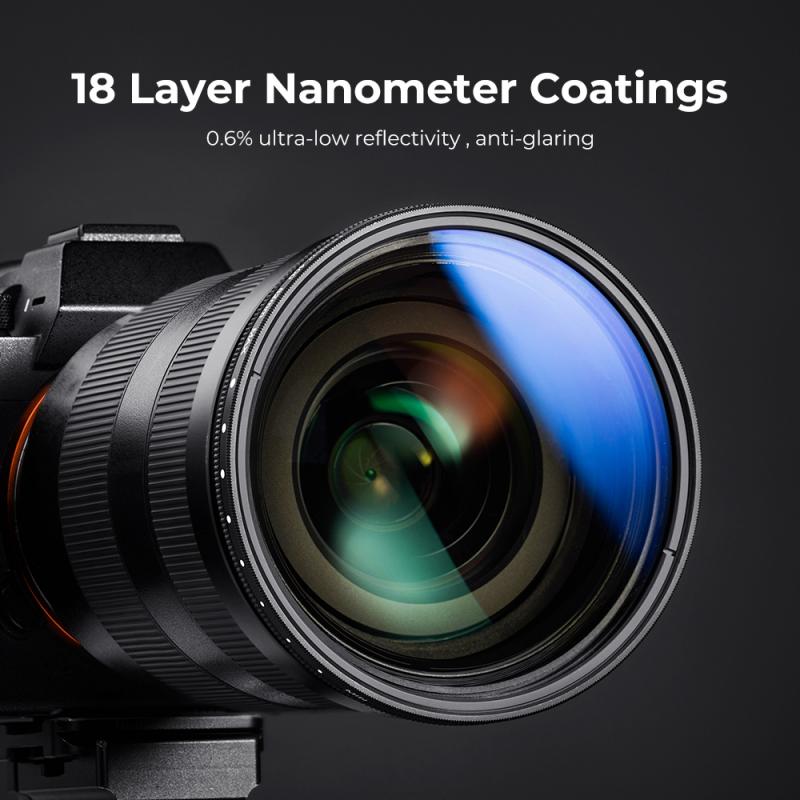
4、 Attaching the camera strap to a tripod mount.
To attach a camera strap to a DSLR, you typically need to locate the strap lugs on the sides of the camera body. These lugs are usually small metal loops or rings specifically designed for attaching a camera strap.
First, find the strap lugs on your DSLR. They are usually located on both sides of the camera body, near the top. Once you have located them, take the camera strap and thread one end through one of the lugs. Then, pull the strap through until there is an equal amount of strap on both sides of the lug. Repeat this process for the other end of the strap and the other lug.
Once the strap is threaded through both lugs, you can adjust the length of the strap to your preference. Most camera straps have adjustable buckles or sliders that allow you to easily change the length. Simply slide the buckle or adjust the slider until the strap is at a comfortable length for you.
It's important to note that some DSLRs may have different strap attachment mechanisms. For example, some cameras may have a tripod mount on the bottom that can be used to attach a camera strap. In this case, you would attach the strap to the tripod mount instead of the strap lugs. However, this method is less common and may not be suitable for all camera models.
In conclusion, attaching a camera strap to a DSLR typically involves threading the strap through the strap lugs on the sides of the camera body. However, it's important to check your specific camera model as some may have alternative attachment mechanisms such as a tripod mount.
